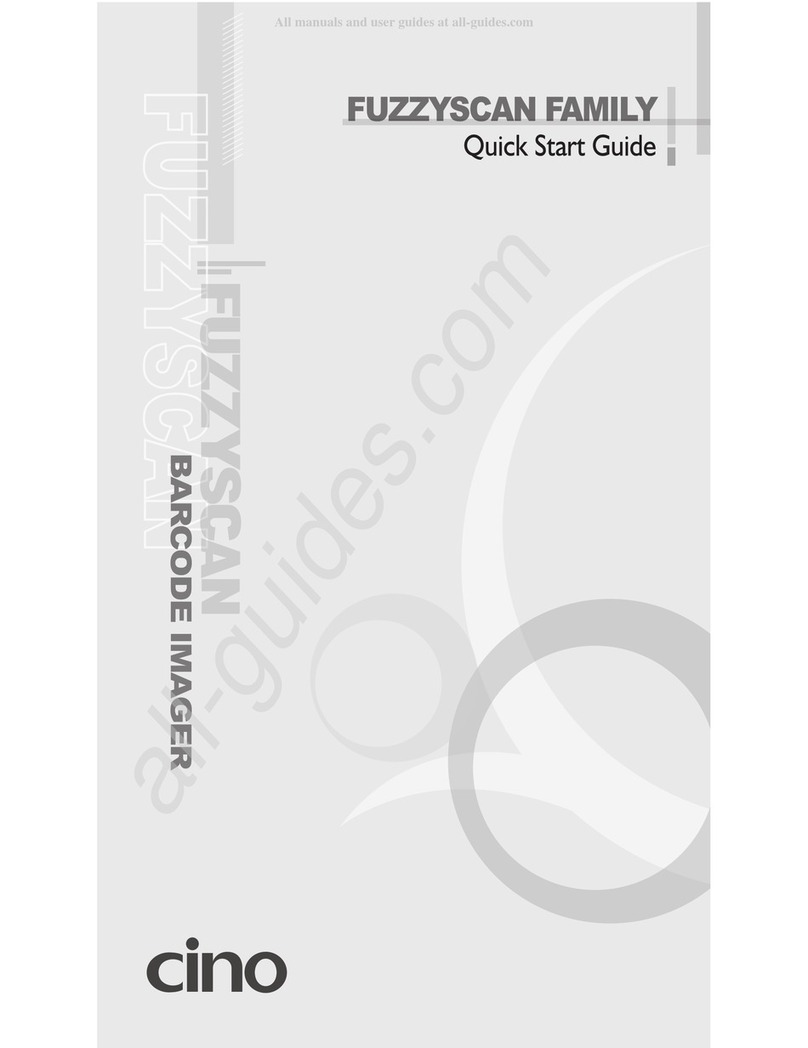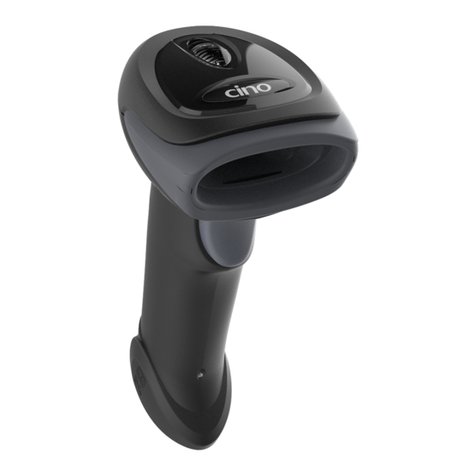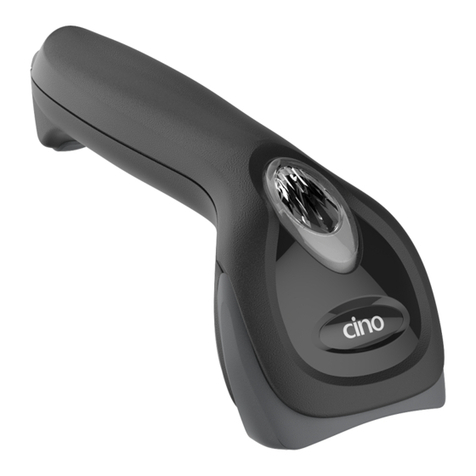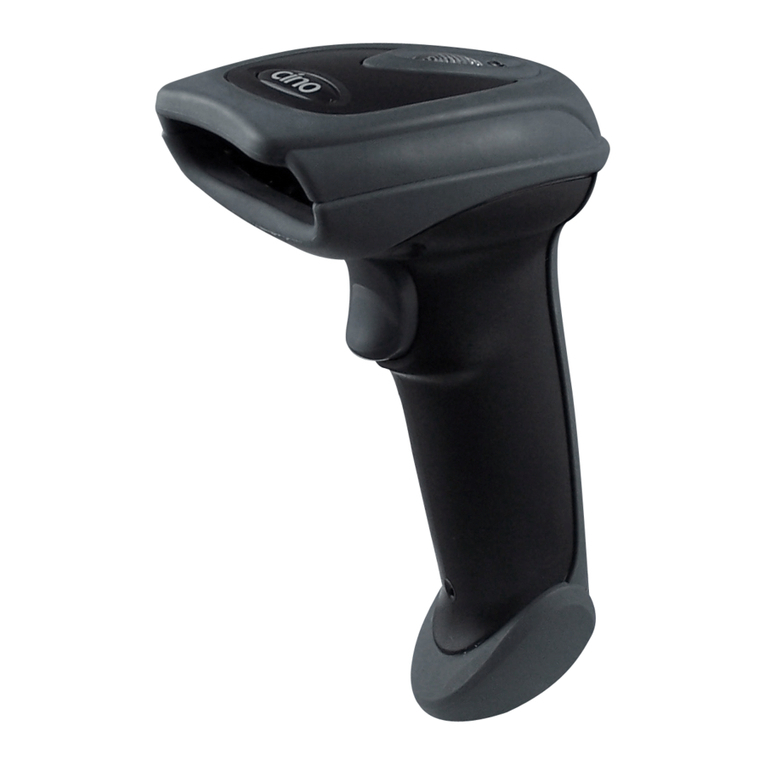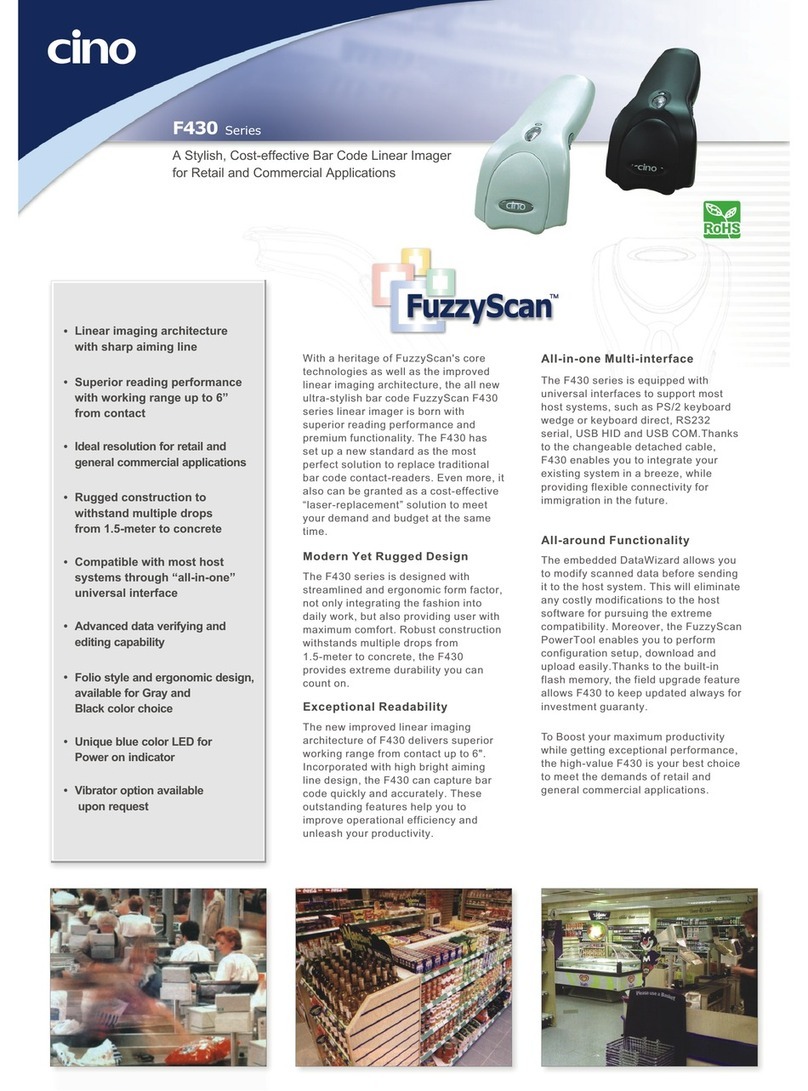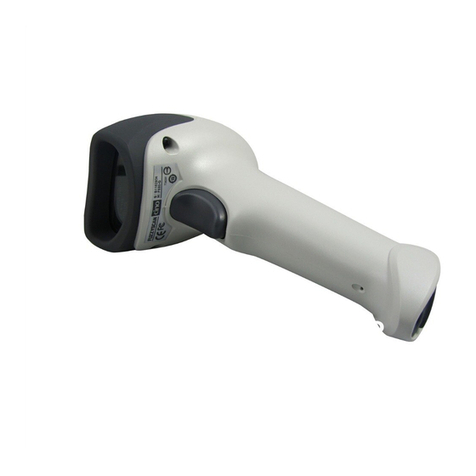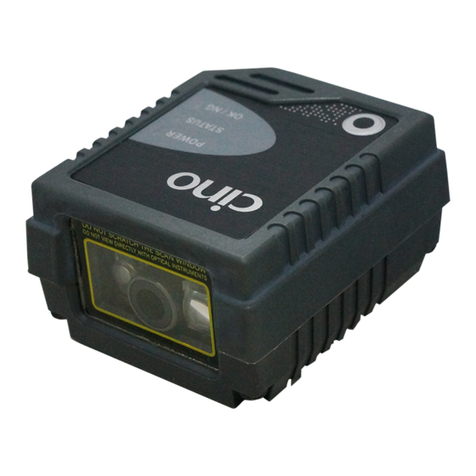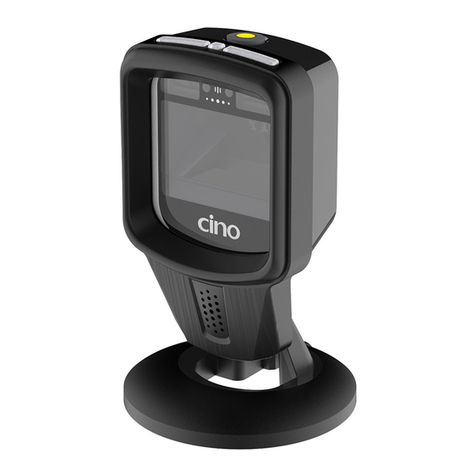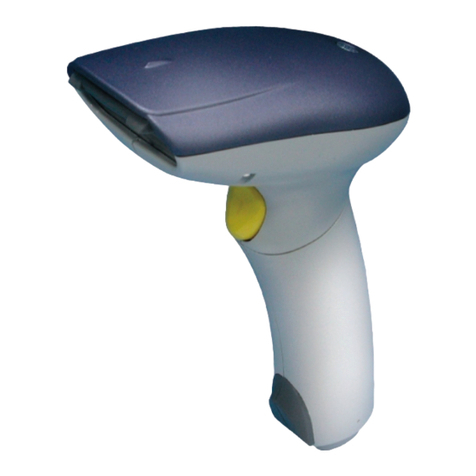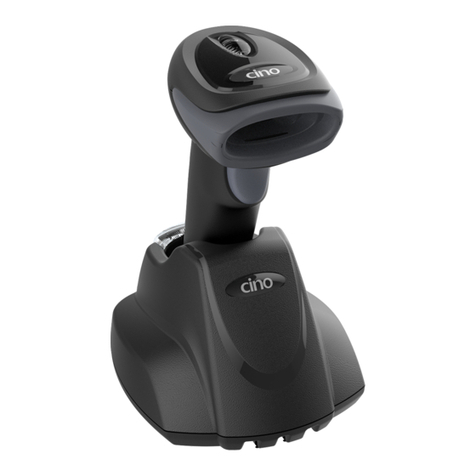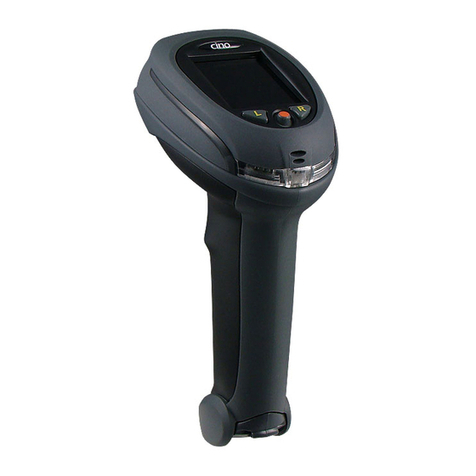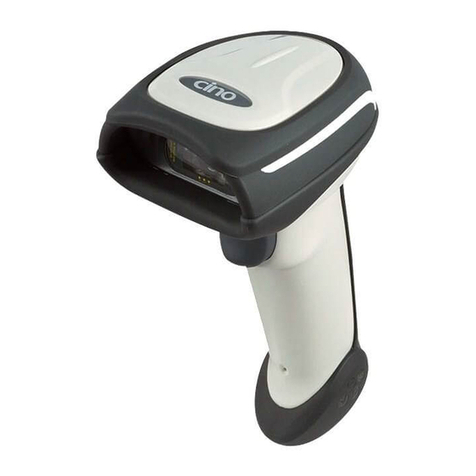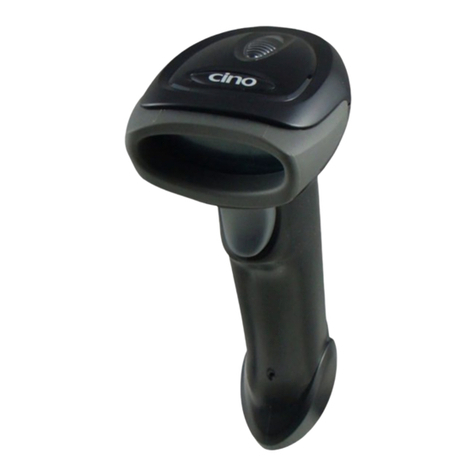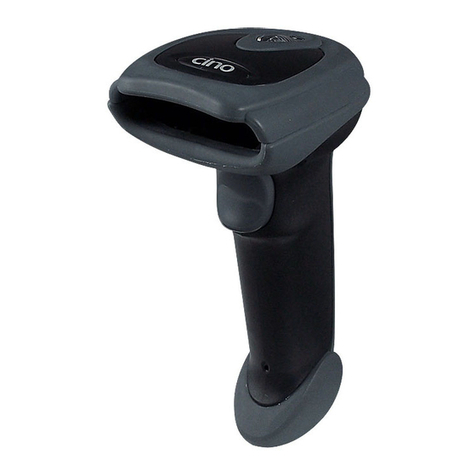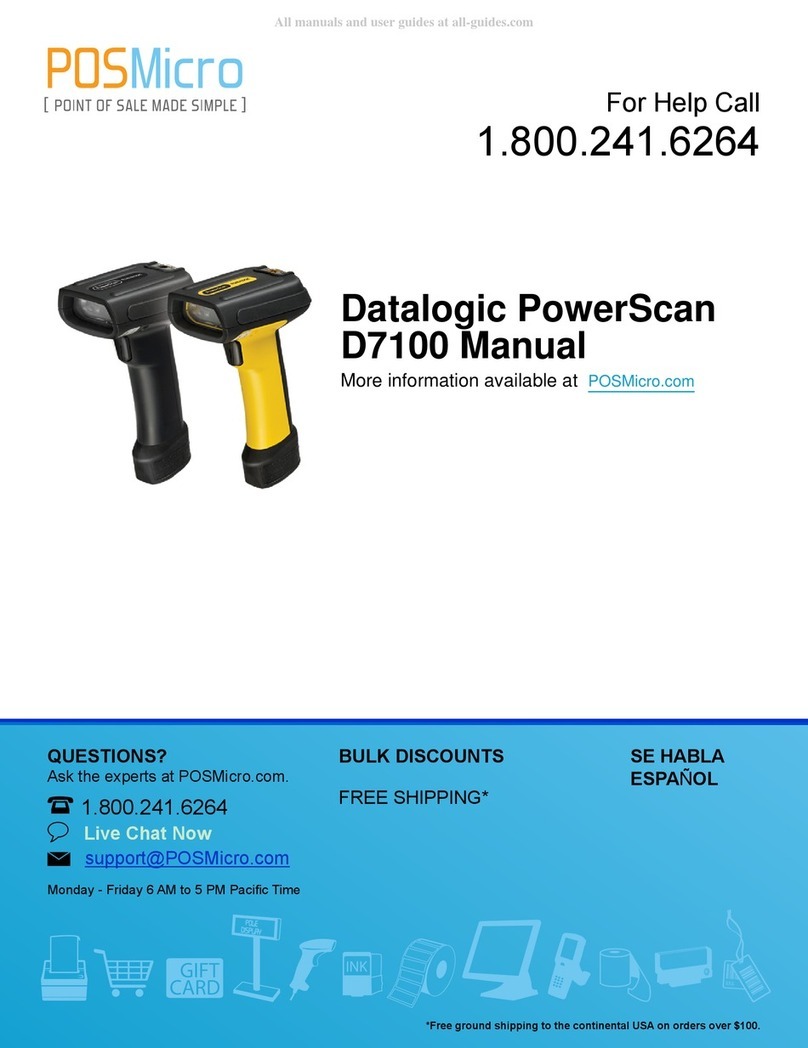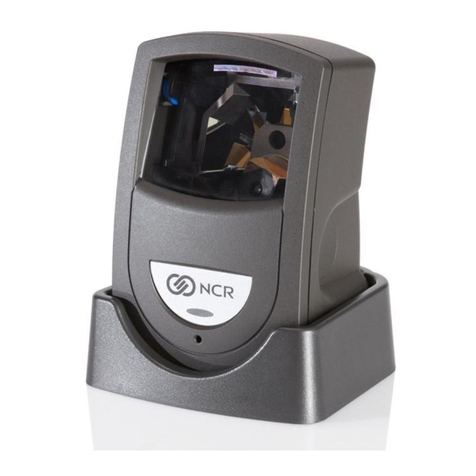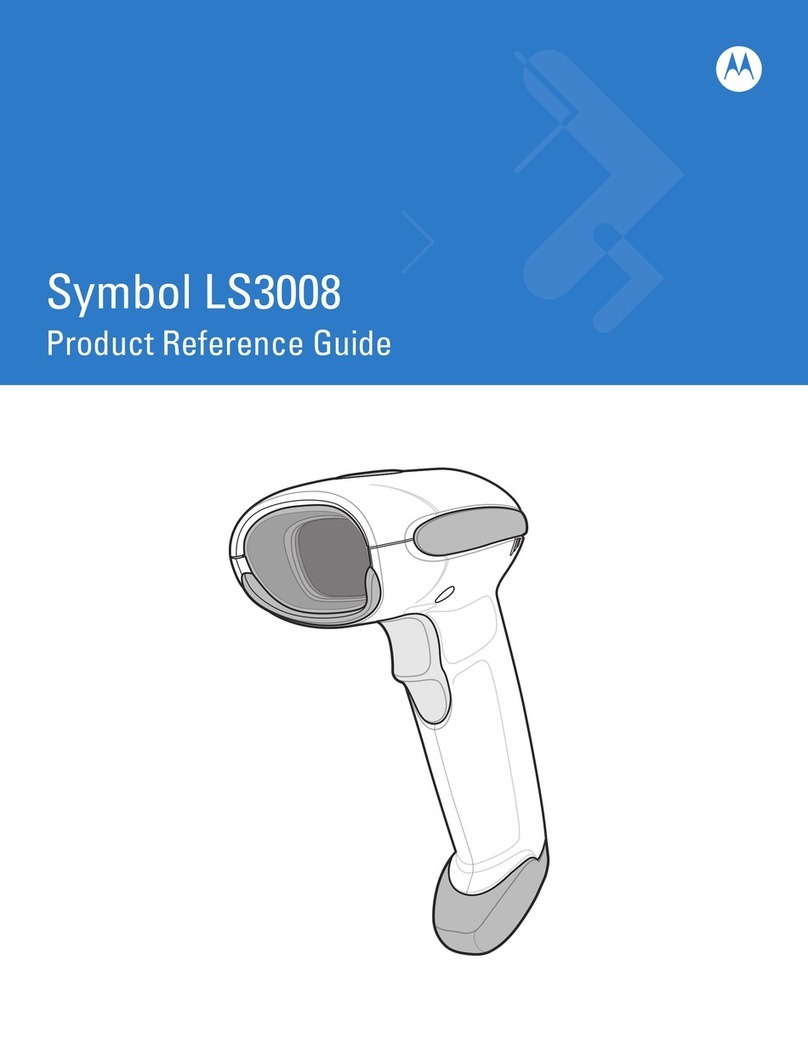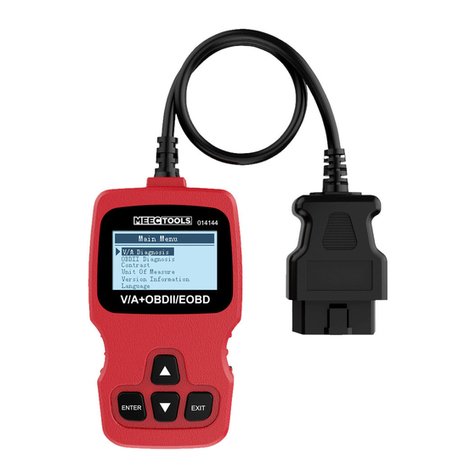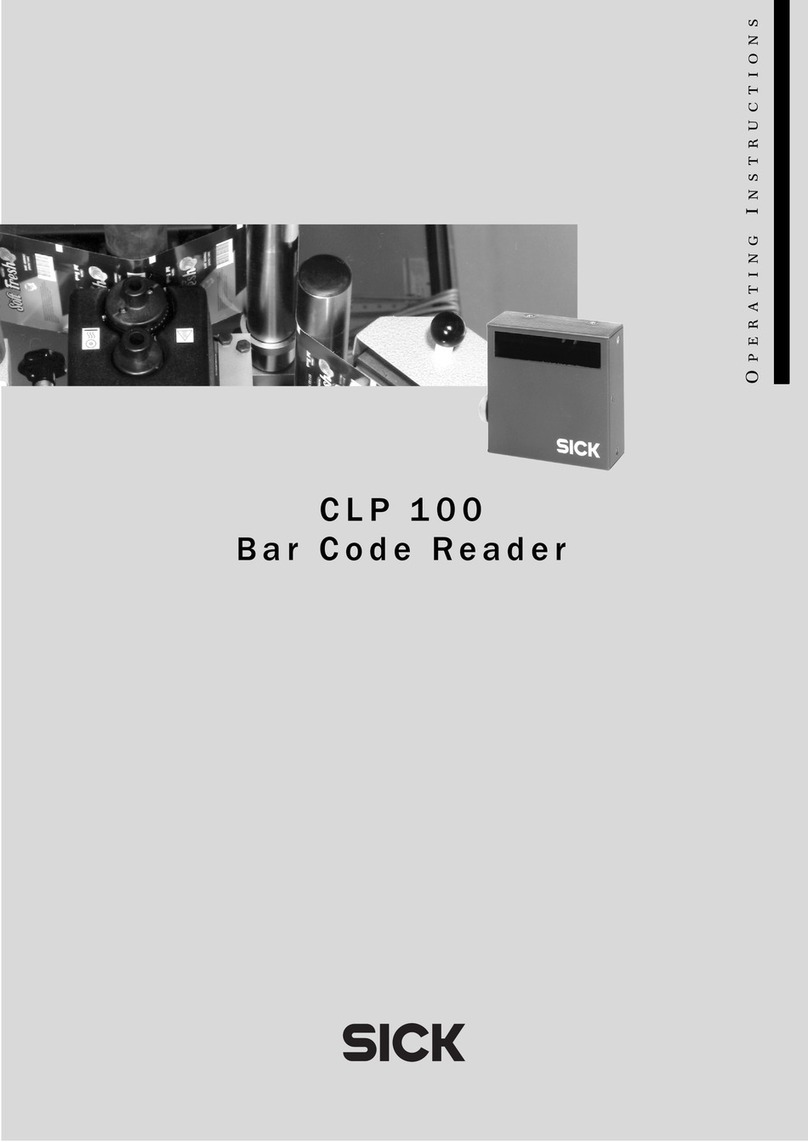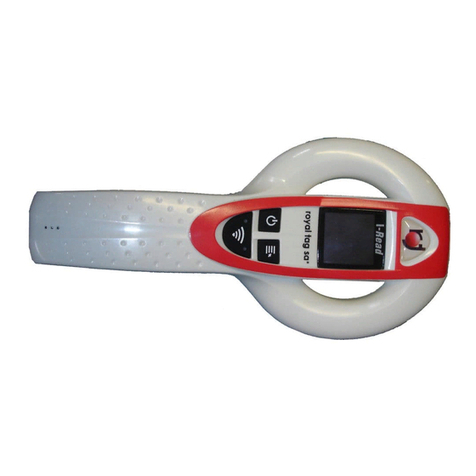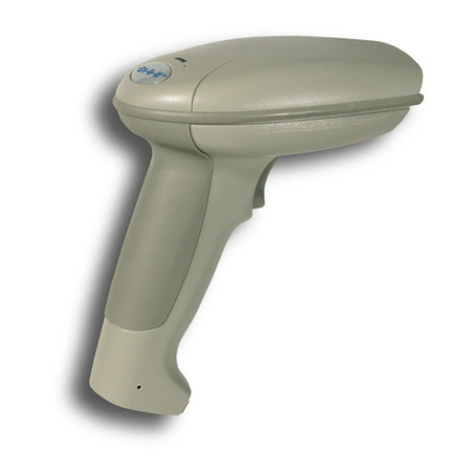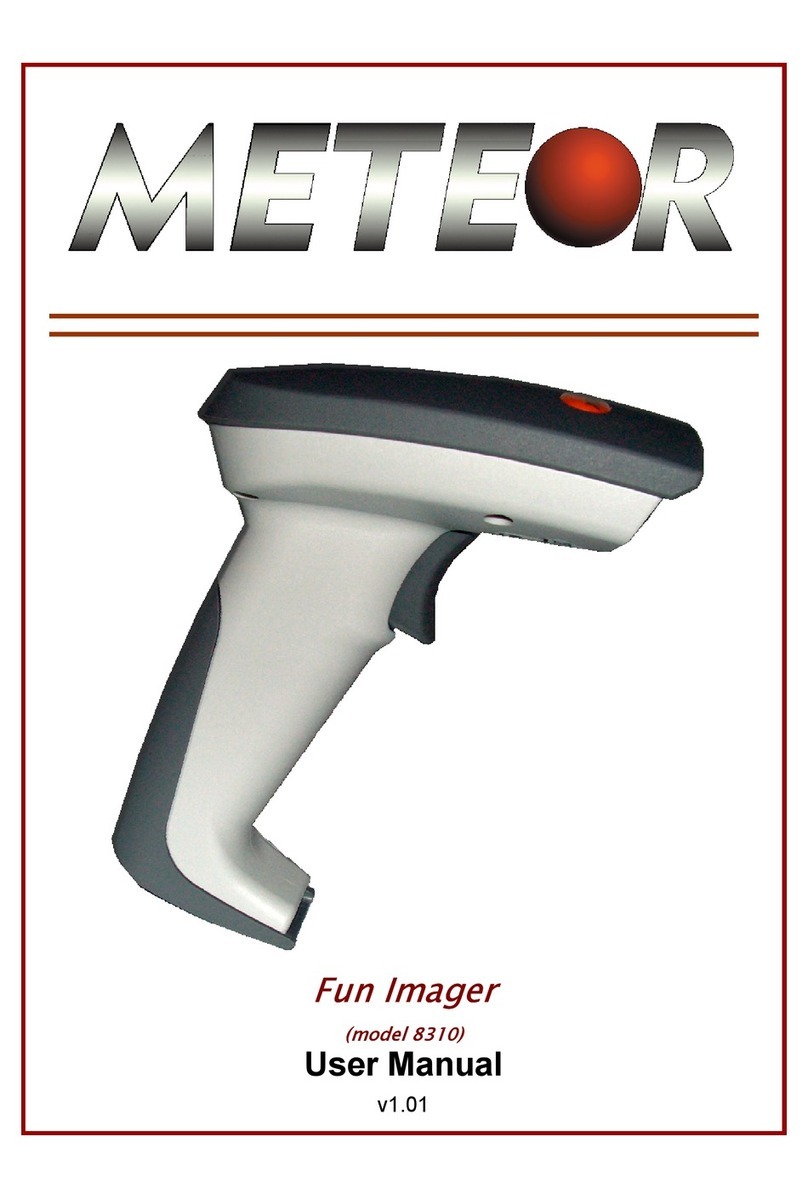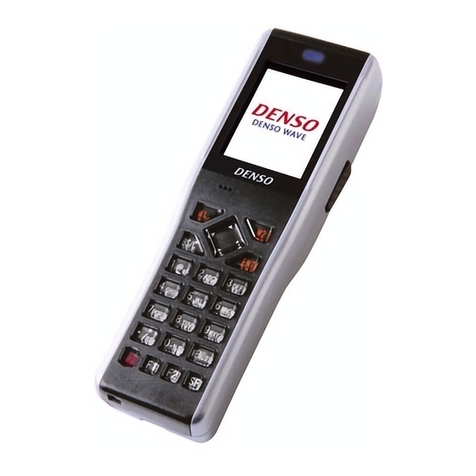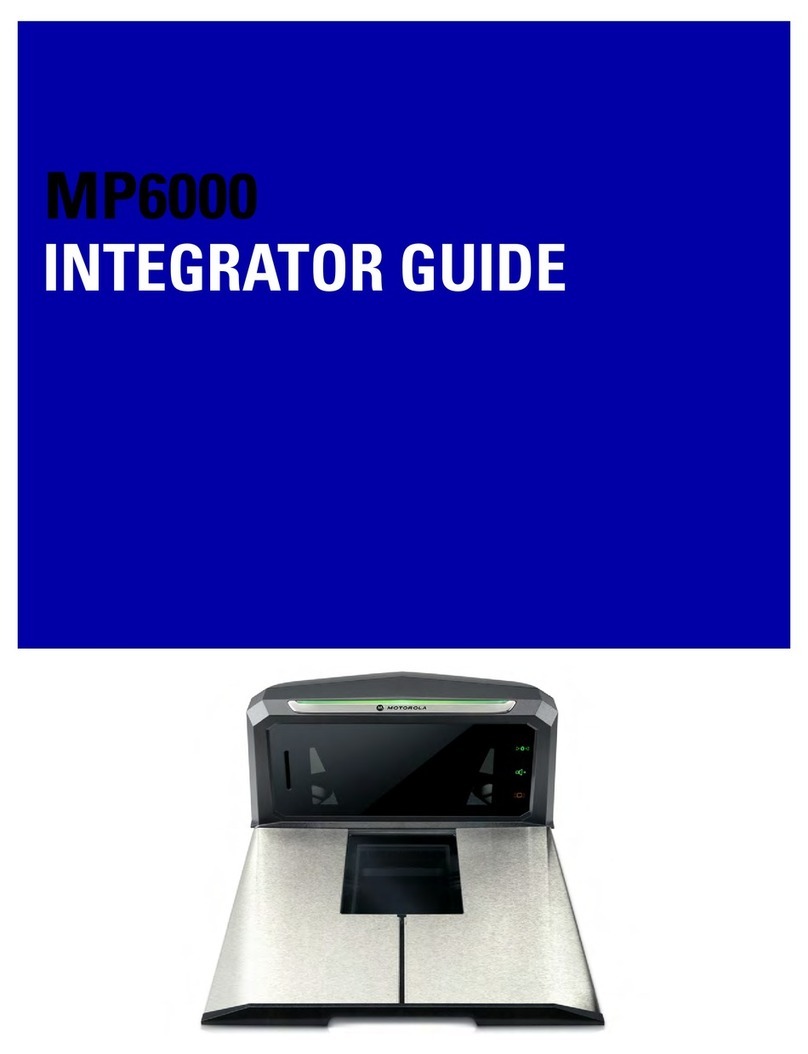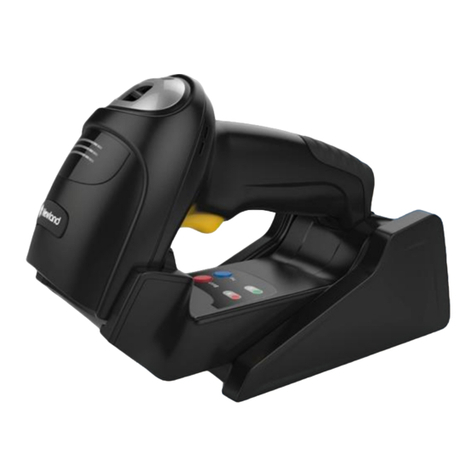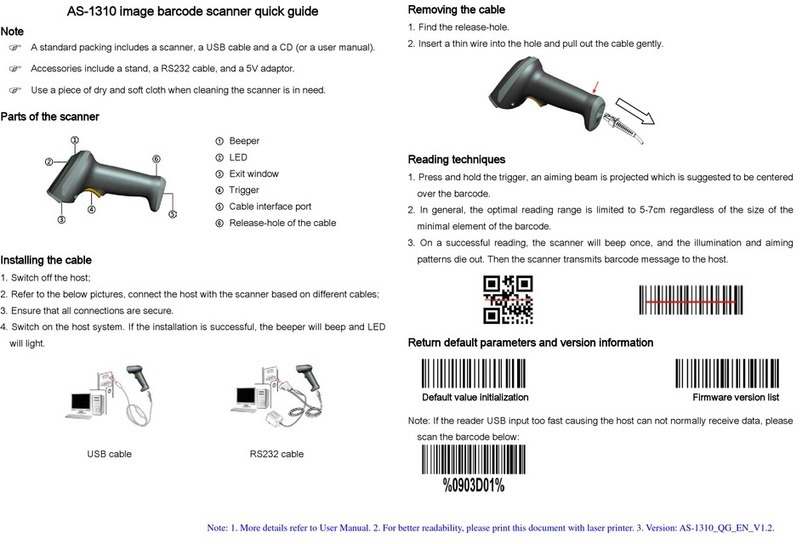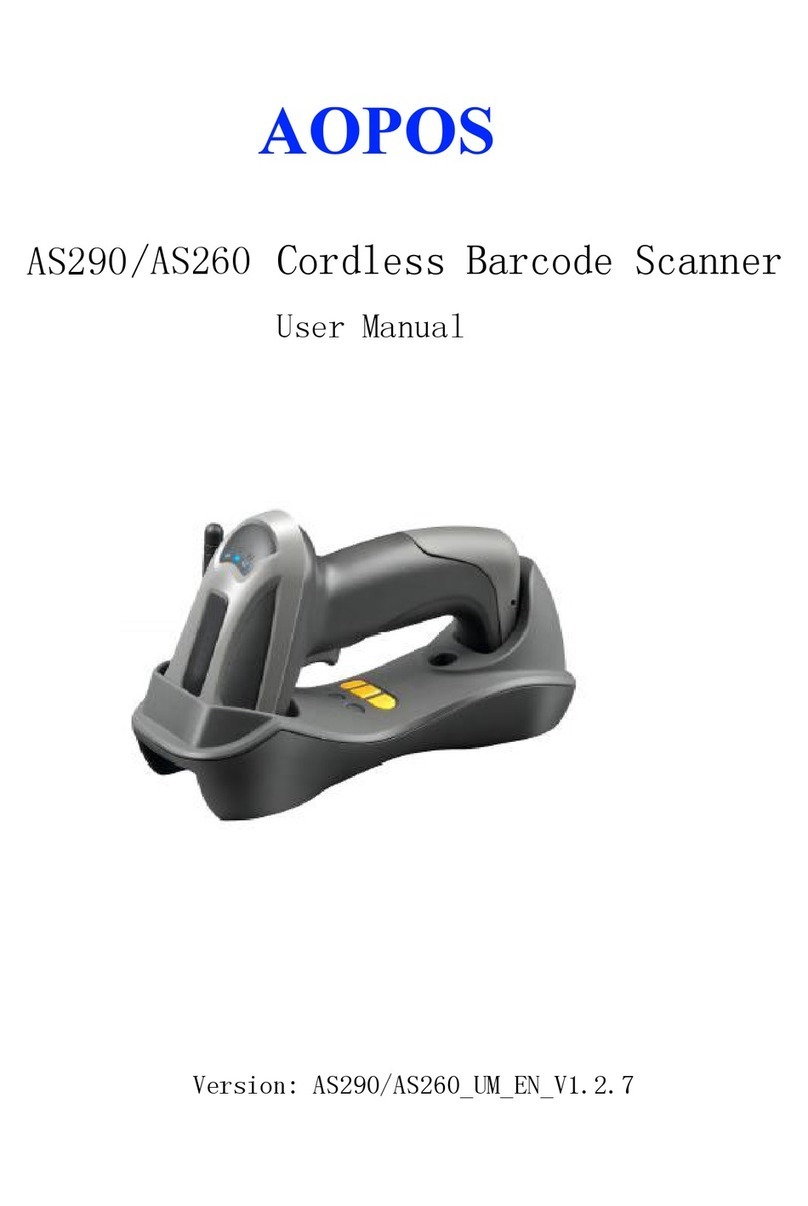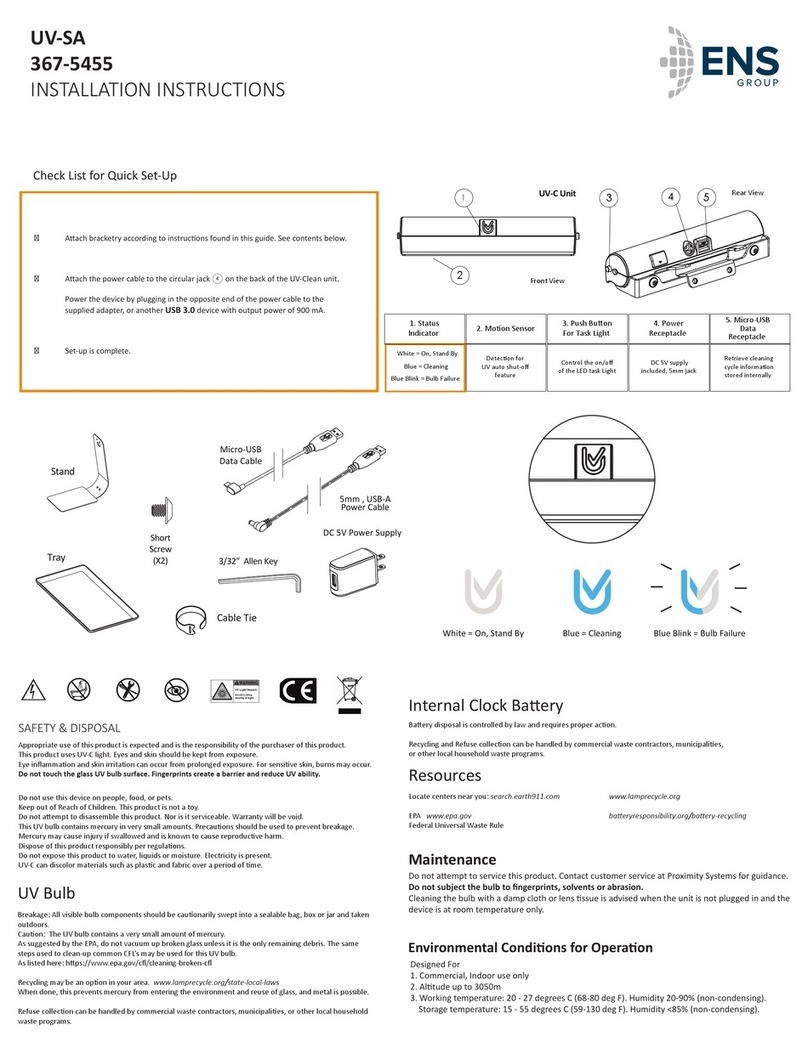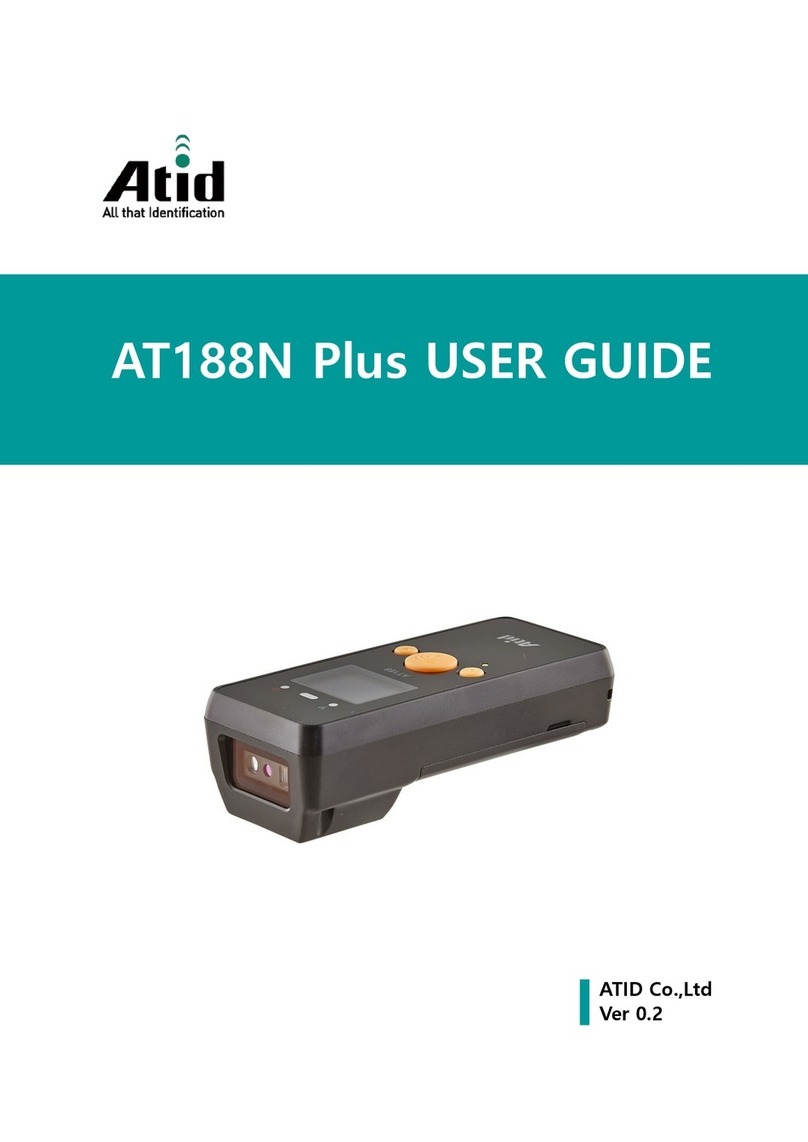Notices
PC Worth makes no warranty of any kind with regard to this publication, including, but not limited to, the implied
warranty of merchantability and fitness for any particular purpose. PC Worth shall not be liable for errors contained
herein or for incidental consequential damages in connection with the furnishing, performance, or use of this
publication. This publication contains proprietary information that is protected by copyright. All rights are reserved. No
part of this publication may be photocopied, reproduced or translated into any language, in any forms, in an electronic
retrieval system or otherwise, without prior written permission of PC Worth. The information contained in this
publication may be revised or withdrawn at any time without notice.
Trademarks
All registered and unregistered trademarks used herein are the exclusive property of their respective
owners.
Copyright
Copyright 1998-2005 PC Worth Int'l Co., Ltd.
Copyright 1998-2005 Cino Group
Regulatory Information
This device complies with Part 15 of the FCC Rules. Operation is subject to the following conditions:
This device may not cause harmful interference.
This device must accept any interference received, including interference that may
cause undesired operation.
Note: This equipment has been tested and found to comply with the limits for a class B digital device, pursuant to
part 15 of the FCC Rules. These limits are designed to provide reasonable protection against harmful interference
in a residential installation.
This equipment generates, uses and can radiate radio frequency energy and, if not installed and used
in accordance with the instructions, may cause harmful interference to radio communications. However,
there is no guarantee that interference will not occur in a particular installation. If this equipment does
cause harmful interference to radio or television reception, which can be determined by turning the
equipment off and on, the user is encouraged to try to correct the interference by one or more of the
following measures:
Reorient or relocate the receiving antenna.
Increase the separation between the equipment and receiver.
Connect the equipment into an outlet on a circuit different from that to which
the receiver is connected.
Consult the dealer or an experienced radio/TV technician for help.
Installation and use of this FuzzyScan device must be in strict accordance with the instructions included in the user
documentation provided with the product. Any changes or modifications (including the antennas) made to this device
that are not expressly approved by the manufacturer may void the users authority to operate the equipment. The
manufacturer is not responsible for any radio or television interference caused by unauthorized modification of this
device, or the substitution of the connecting cables and equipment other than manufacturer specified. It is the
responsibility of the user to correct any interference caused by such unauthorized modification, substitution or
attachment. Manufacturer and its authorized resellers or distributors will assume no liability for any damage or
violation of government regulations arising from failing to comply with these guidelines.
The CE mark as shown above displayed on all FuzzyScan series bar code scanners indicates that this
product has been tested in accordance with the procedures given in European Council R&TTE Directive
(99/5/EC) and confirmed to comply with the European Standard EN 301 489-17, EN 300 328-2, EN
50371, EN 60950.
低功率電波輻姓電機管理辦法
第十二條
經型式認證合格之低功率射頻電機,非經許可,公 、商號或使用者均不得擅自變更頻率、加
大功率或變
更原設計之特性及功能。
第十四條
低功率射頻電機之使用不得影響飛航安全及干擾合法通信;經發現有干擾現象時,應立即停
用,並改善至
無干擾時方得繼續使用。
前項合法通信,指依電信規定作業之無線電信。低功率射頻電機須忍受合法通信或工業、科學及醫療用
電波輻射性
電機設備之干擾。
